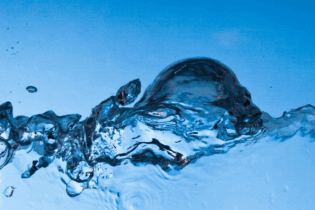With World Water Day only days away, cities around the world are announcing their plans to celebrate the day, under the theme Nature for Water.
This year’s theme explores how we can use nature to overcome the water challenges of the 21st century within the campaign entitled “The answer is in nature”. According to United Nations Water the central message is that Nature-based solutions (NBS), such as planting trees to replenish forests, reconnecting rivers to floodplains, and restoring wetlands, is a sustainable and cost-effective way to help rebalance the water cycle mitigate the effects of climate change and improve human health and livelihoods. “By using NBS to help meet the water needs of a growing population, we will contribute to the creation of a circular economy, at the same time as helping to protect the natural environment and reduce pollution – both key targets in Sustainable Development Goal 6, which commits the world to ensuring availability and sustainable management of water and sanitation for all by 2030,”the UN explains in its 2018 World Water Day Fact Sheet.Supplementing insufficient water infrastructure
Nature-based solutions, such as forests, grasslands and natural wetlands can provide innovative and cost-effective options for supplementing insufficient or ageing water infrastructure.
- Water availability and supply: Water storage via natural wetlands, soil moisture and/or groundwater recharging can be more sustainable and cost-effective than grey infrastructure, such as dams.
- Water quality: Pollution from agriculture can be drastically reduced by Nature-based solutions such as conservation agriculture, which protects soil from erosion, or riparian buffers, strips of land along water courses planted with native trees and shrubs.
- Risk management: The effects of climate change, such as frequent extreme flooding, can be mitigated by a range of Nature-based solutions, such as riparian buffers or connecting rivers to floodplains.








